
Lophocampa is a genus of moths in the family Erebidae. The genus was erected by Thaddeus William Harris in 1841. It contains around 75 species.
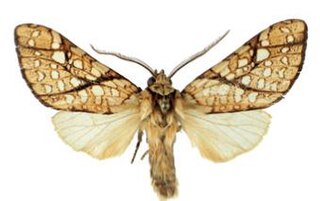
Lophocampa lineata is a moth of the family Erebidae. It was described by Vincent in 2011. It is probably restricted to middle elevations of the central cordillera in the Dominican Republic. The habitat is montane cloud forest.

Lophocampa brunnea is a moth of the family Erebidae first described by Benoit Vincent in 2011. It is known from Guatemala.
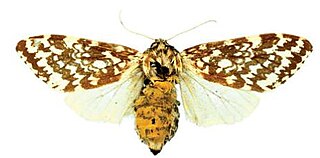
Lophocampa alternata is a moth of the family Erebidae. It was described by Augustus Radcliffe Grote in 1867. It is known from Cuba.
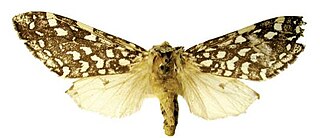
Lophocampa albiguttata is a moth of the family Erebidae. It was described by Jean Baptiste Boisduval in 1870. It is known from Honduras and possibly Mexico.

Lophocampa propinqua is a moth of the family Erebidae first described by Henry Edwards in 1884. It is known from Mexico and Central America.

Lophocampa montana is a moth of the family Erebidae. It was described by William Schaus in 1911. It is known from Poás Volcano in Costa Rica.

Merulempista rubriptera is a moth of the family Pyralidae. It is known from China.
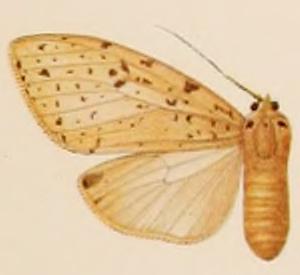
Lophocampa albescens is a moth of the family Erebidae. It was described by Walter Rothschild in 1909. It is found in French Guiana, Suriname and Venezuela.

Lophocampa flavodorsata is a moth in the family Erebidae. It was described by Vincent & Laguerre in 2013. It is found in Venezuela, Ecuador and Peru.

Lophocampa atriceps is a moth in the family Erebidae. It was described by George Hampson in 1901. It is found in Colombia, Ecuador (Guayas) and Costa Rica.

Lophocampa griseidorsata is a moth in the family Erebidae first described by Vincent and Laguerre in 2013. It is found in Bolivia, Ecuador and Peru.
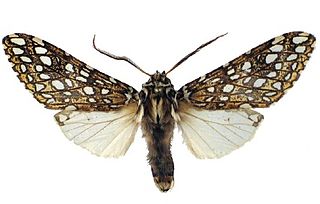
Lophocampa herbini is a moth in the family Erebidae. It was described by Vincent & Laguerre in 2013. It is found in Bolivia and Peru (Cuzco).

Lophocampa sullivani is a moth in the family Erebidae. It is found in Ecuador (Pichincha) and Colombia.
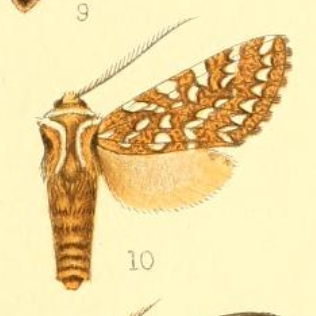
Lophocampa andensis is a moth in the family Erebidae. It was described by Schaus in 1896. It is found in Colombia.

Lophocampa hyalinipuncta is a moth in the family Erebidae. It was described by Walter Rothschild in 1909. It is found in Ecuador, Peru and Bolivia.

Catharylla chelicerata is a moth of the family Crambidae described by Théo Léger and Bernard Landry in 2014. It is found in French Guiana and Amazonas, Brazil.
Jana aurivilliusi is a moth in the family Eupterotidae. It was described by Rothschild in 1917. It is found in Nigeria.
Acrojana splendida is a moth in the family Eupterotidae. It was described by Rothschild in 1917. It is found in Ghana and Sierra Leone.

Udea albostriata is a moth in the family Crambidae. It was first described by Zhang and Li in 2016. It is found in Hebei, China.
















